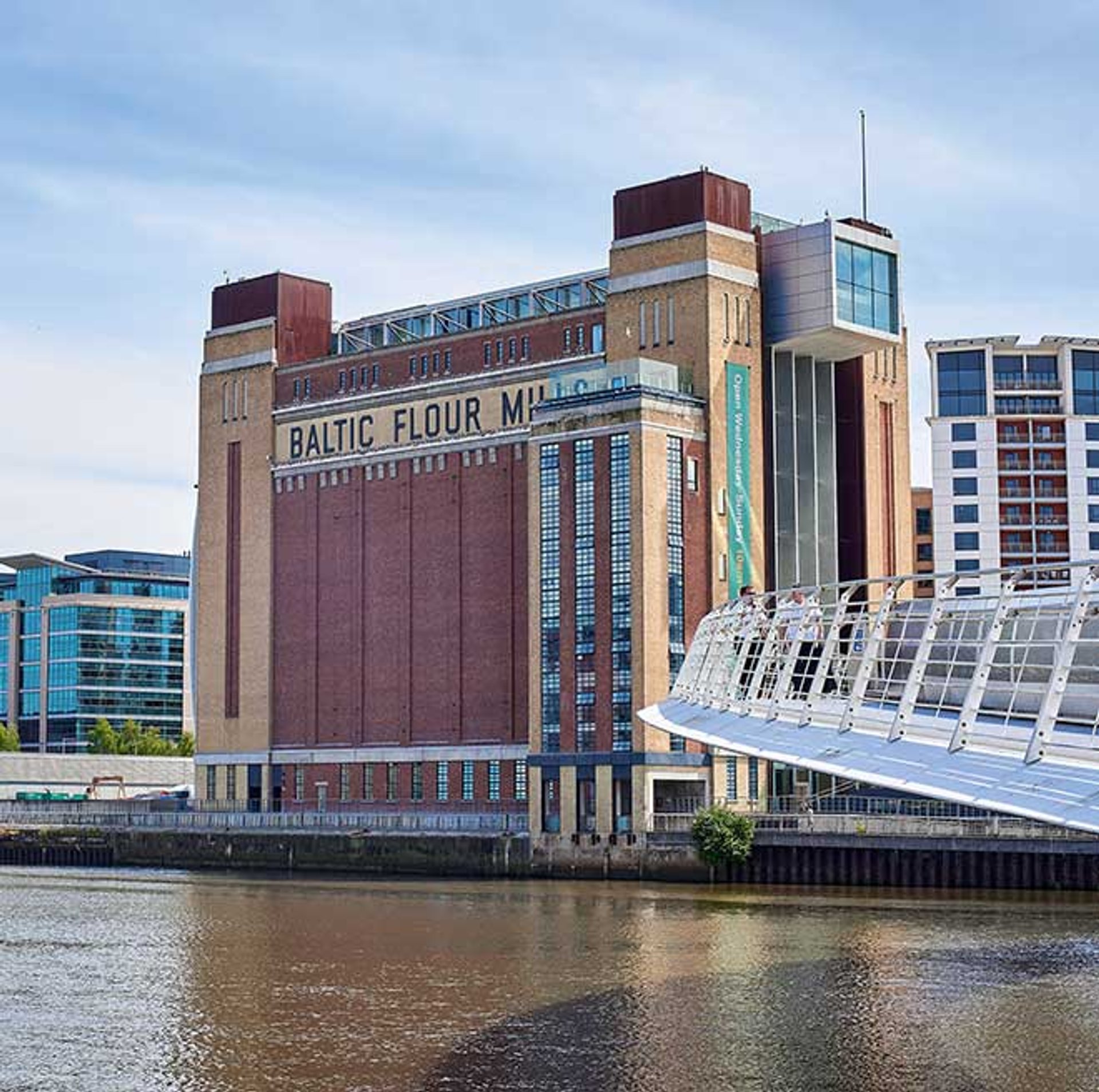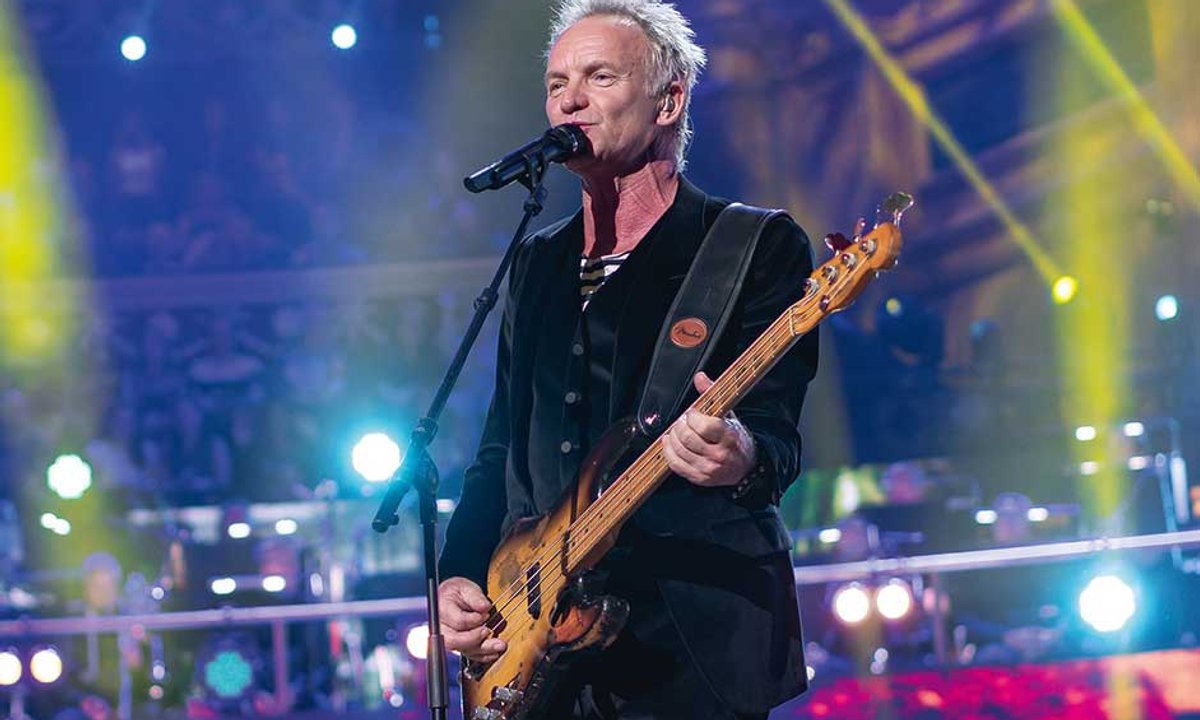Tate’s plan to safe its future by constructing an endowment fund value £150m by 2030 has sparked debate within the UK museum sector about whether or not such a funding mannequin might maintain nationwide and regional establishments long-term.
Endowments are much less widespread within the UK than within the US, the place the highest 45 museums maintain such funds value greater than $40bn in mixture, in keeping with UpStart Co-Lab figures. However Tate was not the one UK establishment to arrange an endowment in June—in an uncommon transfer for a regional gallery, Baltic Centre for Up to date Artwork in Gateshead additionally launched a £10m fund, kickstarted with a “main donation” from the musician Sting.
Different UK museums have quietly operated such funds for a while: the Victoria and Albert Museum advantages from a £10m endowment held by the Gilbert Belief for the Arts that funds the periodic refurbishment of the Gilbert Galleries. The British Museum has virtually £50m in endowments, in keeping with its 2025 annual report.
“At a time of declining public funding within the sector and a difficult atmosphere for fundraising, cultural establishments going through monetary pressure are inevitably different funding fashions,” says Paul Hobson, the director of Trendy Artwork Oxford. “The endowment mannequin is enticing due to the perceived long-term self-sufficiency it assures.”
In June, Tate launched its Tate Future Fund with a lavish gala within the Turbine Corridor of Tate Trendy, which raised greater than £1m. The brand new fund has thus far obtained donations value greater than £43m. “We look ahead to making additional bulletins in the end,” a spokesperson for Tate says.
Museum endowments have the help of the UK authorities division for tradition, media and sport (DCMS). “We help rising philanthropy throughout the humanities and cultural sector, and endowments are a method organisations can help their long-term monetary positions,” a DCMS spokesperson says, stressing that each one fundraising selections are taken by trustees, independently of presidency.
Sarah Munro, the director of Baltic, says that its endowment plan has been “an ambition for Baltic for a while, and we started significantly planning this 18 months in the past. We hope it’s going to encourage different arts organisations who haven’t but thought of endowments.”
Requested if Baltic’s present funding mannequin—its core funders embody Gateshead Council and Arts Council England—is insufficient, she says: “There’s all the time extra to do and the necessity to have extra funds to do it, however the endowment fund permits us better scope to proceed to ship an much more artistic and radical programme.” All donations are topic to ethics insurance policies, she provides.
Earnings from the endowment will go in the direction of particular areas similar to “a dedication to free entry”, its creative programme which is “depleting 12 months on 12 months resulting from rising prices” and neighborhood programmes similar to North East Younger Dads and Lads, which helps younger males and fathers.
Benefits
The precept of an endowment is to create a capital sum which is protected; museums subsequently solely draw on the curiosity every year. Tate Future Fund will “all the time be devoted to the creative creativity of the organisation and the general public profit”, Balshaw says; the endowment funds shall be ringfenced for analysis and scholarship.
If profitable, endowments can unlock independence, monetary resilience, and the flexibility to plan for the long-term, says Paula Orrell, the nationwide director of Up to date Visible Arts Community England. Authorities funding for visible arts has stagnated for over a decade, and the present financial local weather is intensifying pressures on establishments, she provides.
“Regional museums and galleries are being compelled to hunt different fashions of help to maintain their programmes and infrastructure,” she says. “Baltic is a living proof; it’s more and more seeking to its patrons for help, and like others, contemplating how endowments would possibly provide long-term safety.”
Alarm bells
Some museum and fundraising professionals warn that adopting this mannequin would require a change in how UK establishments strategy fundraising. As compared with the US, the UK lacks a tradition of large-scale philanthropic giving to the humanities, Orrell says.
Tate can draw on its in depth community of donors. A few of its trustees are contributors to the brand new fund, together with Roland Rudd, the board chair; Nick Clarry, the managing companion on the non-public fairness agency CVC Capital Companions; and Jack Kirkland, the founding father of the grant-giving charity the Ampersand Basis.
However Hobson says that for organisations already struggling to steadiness their budgets, “it’s troublesome to see from what sources endowments is perhaps raised, particularly given the present exodus of particular person excessive net-worth philanthropists post-Brexit and the federal government’s newest ‘non-dom’ tax guidelines, that are driving a lot of our most beneficiant cultural philanthropists to go away the UK.”
A museum fundraising guide who requested to not be recognized by title says the Tate’s path “might not be an amazing technique for smaller arts organisations within the UK”.

The Baltic in Gateshead goals to safe its future with a £10m fund, an uncommon transfer for a regional gallery
Photograph: artdolgov/Adobe Inventory
“Donors like to provide to issues the place they will see the distinction and be concerned,” hesays. “Endowment is funding for the long run and long-term sustainability; you want some huge cash for an endowment to generate sufficient return sooner or later to contribute to earnings wants. Large donations are simply not that straightforward to come back by for many organisations within the UK; additionally endowment fundraising can undermine income or capital fundraising. Most organisations want cash now.”
Previous expertise
Catalyst Endowments, a £36m match-funding initiative, supplied UK heritage organisations the chance to create an endowment; the scheme, backed by Arts Council England, was launched in 2012 and wound down in 2017.
“Twenty of the 31 grantee organisations achieved their fundraising goal and so claimed 100% of the matched funding,” stated a 2017 report from the College of Kent.
“We nonetheless profit from this [Catalyst scheme] every year,” a spokesperson for Dulwich Image Gallery says. “We’ll now be targeted on rising our endowment as our working prices have elevated far past inflation within the final decade.”

